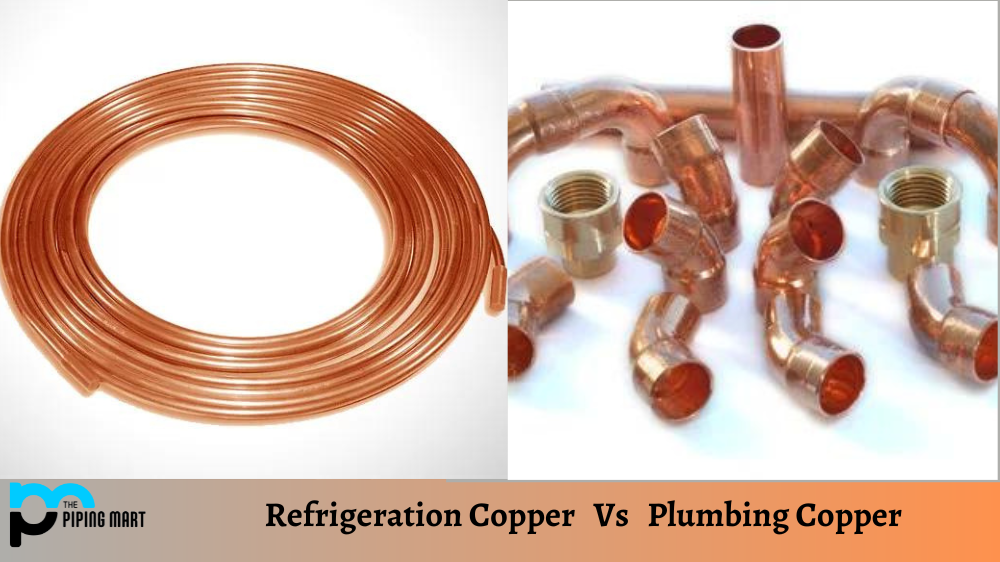Soldering is a great way to join two pieces of metal together without using more intrusive methods such as welding. It’s an easy process that can be done at home with the right tools and some practice. In this guide, we will cover the basics of soldering brass, including what you need and how to get started.
Tools & Materials Needed
Before getting started with soldering brass, you’ll need to gather the right tools and materials. First, you’ll need some flux – which is a paste or liquid used to clean the surface of the metal before soldering. A soldering iron is also needed – this is the tool that melts the solder onto the metal. Lastly, you’ll need solder itself – which is a metal alloy (often tin and lead) that melts at low temperatures and bonds two pieces of metal together when heated up. Other materials may be necessary depending on your project; for example, if you are working with sheet metal, then clamps may be necessary for holding it in place, as well as gloves for protecting your hands from heat damage.
Applying Flux & Heating Up The Metal
The first step in soldering brass is to apply a thin layer of flux to both pieces of metal that will be joined together. This helps ensure that any impurities or dirt are removed from the surface before applying heat. Next, use your soldering iron to heat up both pieces of metal until they reach their melting point (which varies depending on the type of material). Once both pieces are hot enough, press them together firmly, so they join together securely while still hot.
Adding The Solder
Once your metals have cooled down slightly, it’s time to add solder. Place a small amount onto one side of where the two metals meet and then use your soldering iron to melt it into place – make sure not to overheat it! If done correctly, the solder should form a strong bond between both pieces of metal once cooled down completely. After adding solder all around the edges where needed, let everything cool down completely before handling or moving anything else around.
Conclusion:
Soldering brass isn’t too difficult if you have access to the right tools and materials – just remember safety first! Flux should always be added before heating up any metals as this helps prevent oxidation from occurring during heating which can cause weak joints or even breakage later on down the line. Make sure not to overheat anything either since this could weaken any bonds formed by solder or cause warping in certain types of metals due to extreme temperatures reached when soldering them together. With patience and practice, anyone can learn how to solder brass properly!

A passionate metal industry expert and blogger. With over 5 years of experience in the field, Palak brings a wealth of knowledge and insight to her writing. Whether discussing the latest trends in the metal industry or sharing tips, she is dedicated to helping others succeed in the metal industry.




